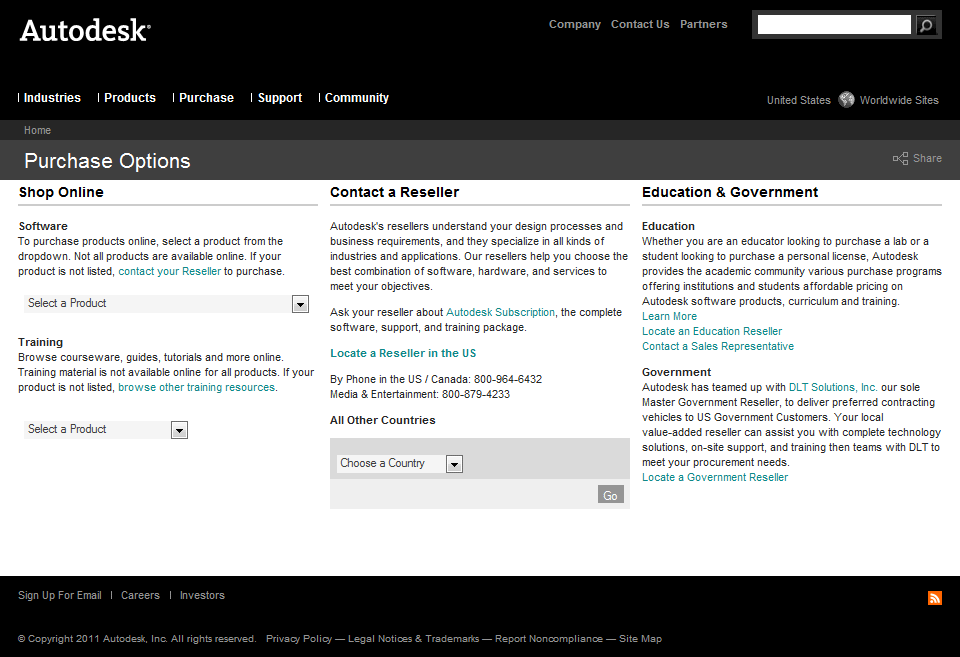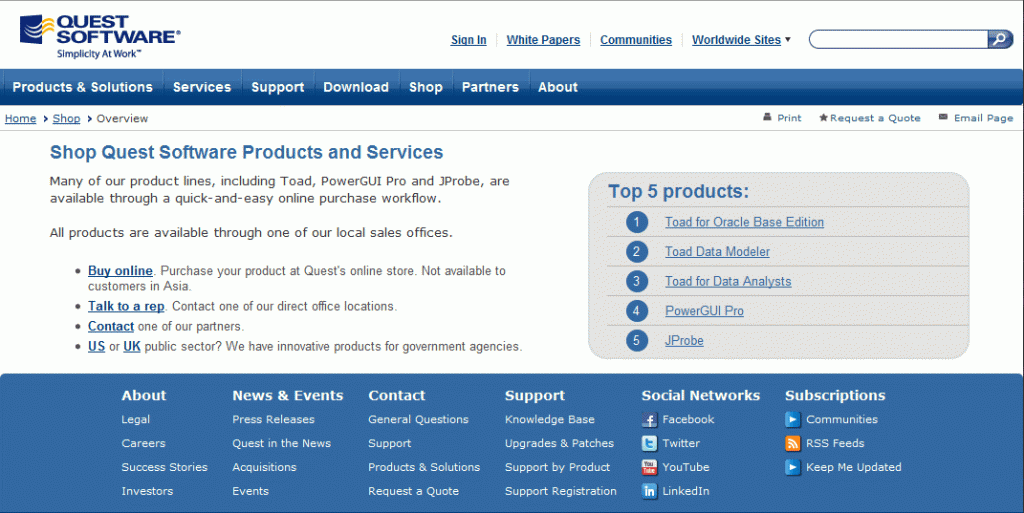This is the first in a three-part series explaining how companies selling software to businesses (B2B) should leverage their eStore infrastructure across multiple customer touch points.
The B2B software industry is undergoing a metamorphosis that closely resembles the way B2C companies reinvented online sales over the past 10 years. Years ago, B2C companies had to overcome customers’ fears about providing payment details over the Internet. Once customers became comfortable providing their payment details online, sales through direct channels skyrocketed. While this had a negative impact on retail store software purchases, direct online purchases greatly expanded the overall sales volume. Today, B2B companies are experiencing a similar inflection point.
Buyers’ willingness to provide payment information online for significantly more expensive products has increased. Many B2B buyers prefer buying online. As a result, companies are embracing the B2C direct mentality as a component of their B2B sales strategy. Not only should B2B software providers offer products for purchase directly online, but also fully leverage an eStore to help with existing customer touch points like resellers and insides sales.
Of course some products don’t lend themselves to direct, online sales. Perhaps a product that must be customized by the manufacturer before delivery or hardware that includes pre-loaded software wouldn’t make sense to sell directly online. Nonetheless, how frustrating is it when you want to buy a product from a company that offers a downloadable trial version but then makes you call in to talk with a sales person to actually make the purchase? Make it easy for your B2B customers to purchase your product when they are ready.
There are many reasons B2B customers want to buy direct:
- Timeliness – Customers want to order on their schedule, not only when your office is open.
- Experience – Customers are knowledgeable and don’t need to speak with a reseller or an inside sales person.
- Payment methods – Traditional purchase order and price quote processes are fully supported online.
- Simplified process – Customers are more willing to charge higher price products to their corporate credit cards.
Of course, when deciding to sell direct, channel partners can become upset and as Stefan Utzinger talks about in his book, Channel Revolution, which we recently reviewed, a channel strategy is integral to a company’s success. However, companies need to realize that customers want to buy directly online and should also use their online store as a feeder for other channels, including partners.
This leads us to a three-part approach for online B2B sales. It may seem like direct online sales are the only online option for an eStore, but the following list illustrates three ways you can use an eStore as a critical component of your sales strategy:
-
Let customers buy direct
– Allow customers to buy direct for off-hours purchases, small volume purchases, trial versions of your software, etc. Use these direct buys as a lead source for larger companies that buy many licenses at once or repeatedly buy licenses throughout the year.
-
Allow resellers to utilize your eStore
– Use resellers to help you reach markets where you may not have feet on the ground; extend your support structure; and handle smaller volume deals that you don’t want your inside sales team to spend time on. Let resellers buy through your eStore. Give them the ability to purchase using automated credit terms and custom-priced products and specials.
-
Use your eStore to help inside sales
– You don’t want to miss out on the relationship building inside sales provides, however your eStore can make your sales reps jobs easier. Use your eStore to provide volume discounts to large customers and offer key account features for additional license purchases and automated delivery of additional seats. Allowing large customers to purchase through your eStore can also really benefit SaaS product providers because SaaS products are easy for customers to try, like and then add more licenses through self-service.
You can easily use your eStore for all three of these purposes. Here’s a good example of how Autodesk handles direct selling and promoting resellers:

Resellers are prominently displayed in the center and even have phone numbers available to help locate a local reseller.
Interestingly, Nuance more prominently features their inside sales team over resellers next to the direct online sales option. This may be because Nuance has a significant B2C market so they have developed the skills, through necessity, to sell direct versus relying on resellers. To find a reseller, users can select the “Our Partners” section in the navigation:

Quest Software provides all three options with equal weight:

Keystone
Despite higher B2B software prices, B2B companies should include direct online selling as one component of a successful eStore strategy that also includes resellers and inside sales.
How have you been surprised by customers buying your B2B products? As a buyer, are you ever unhappy because there isn’t a “buy now” option for the software that you need?
We will follow up this post next week with one highlighting the impact an eStore platform can have on resellers. The following week, we will explain how your inside sales team can leverage the eStore infrastructure as well.